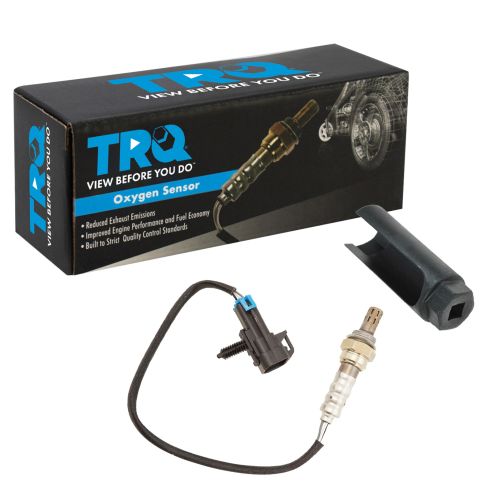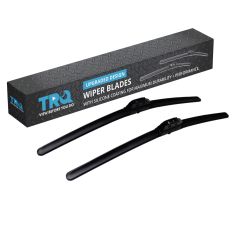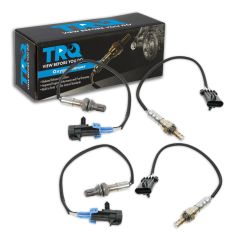1AEEK00513-O2 Oxygen Sensor TRQ OSA61629





Replaces
2000 Cadillac Escalade V8 5.7L Downstream Left O2 Oxygen Sensor TRQ OSA61629



Recommended for your 2000 Cadillac Escalade
Product Reviews
Loading reviews
Customer Q&A
No questions have been asked about this item.
Cadillac is a registered trademark of General Motors Company. 1A Auto is not affiliated with or sponsored by Cadillac or General Motors Company.
See all trademarks.
















